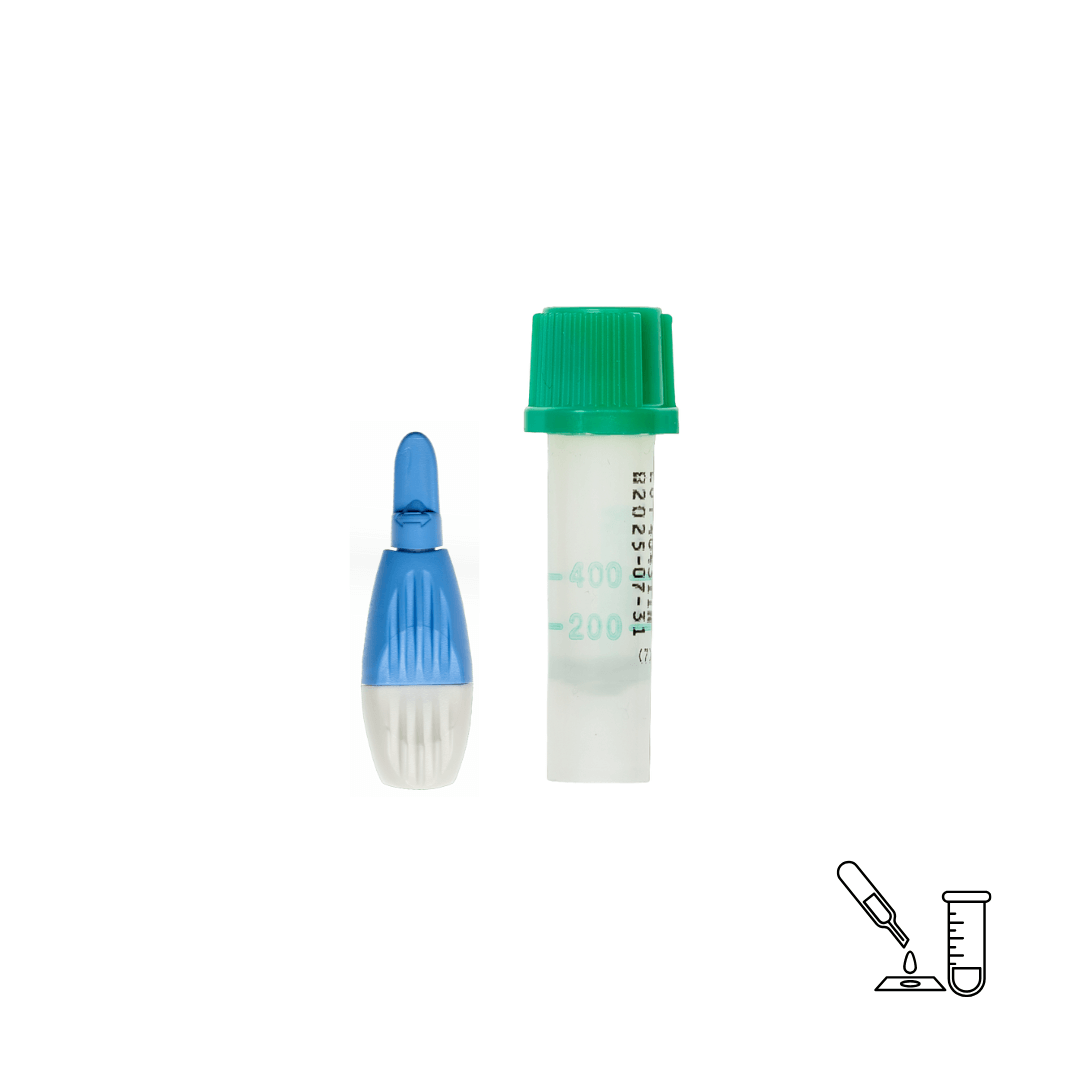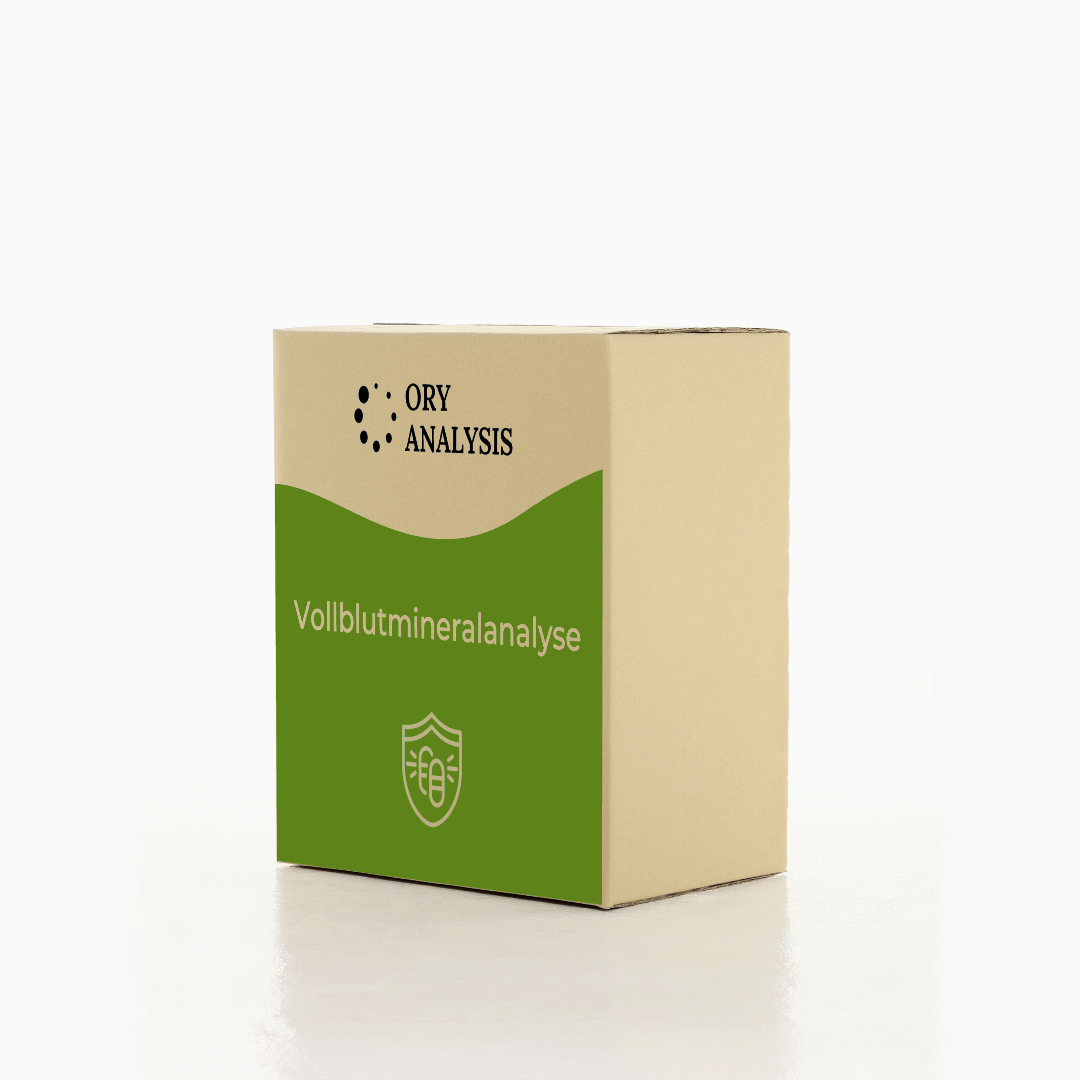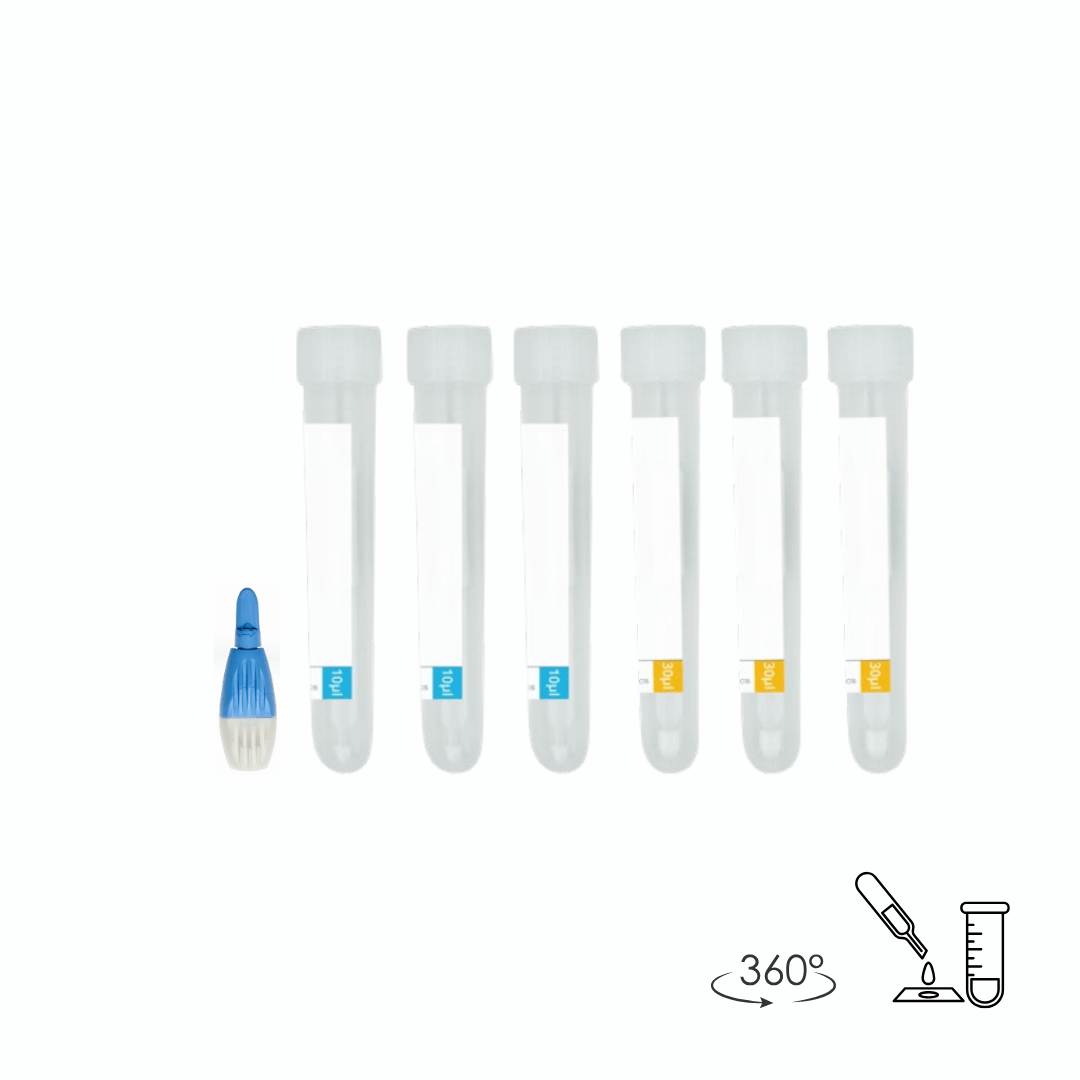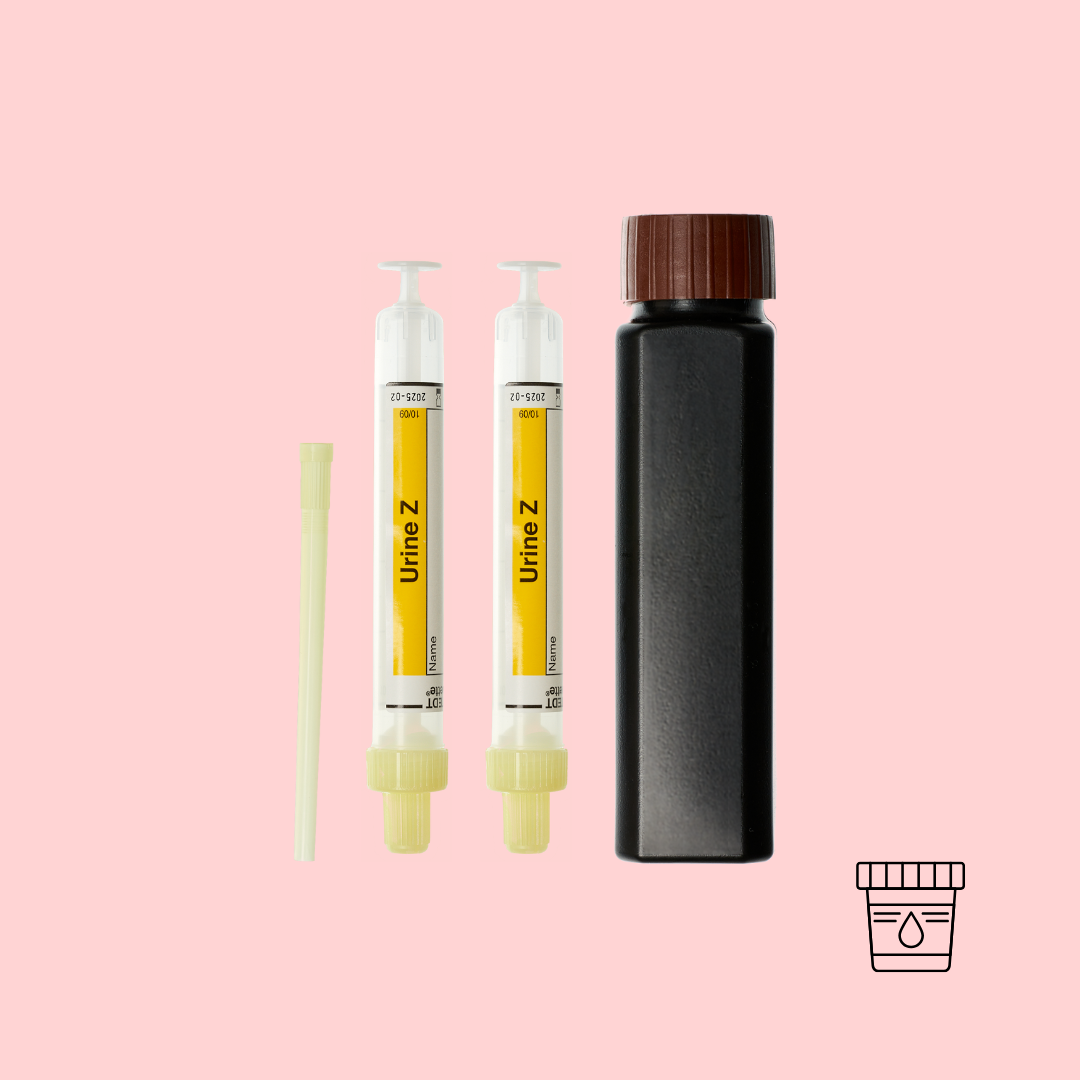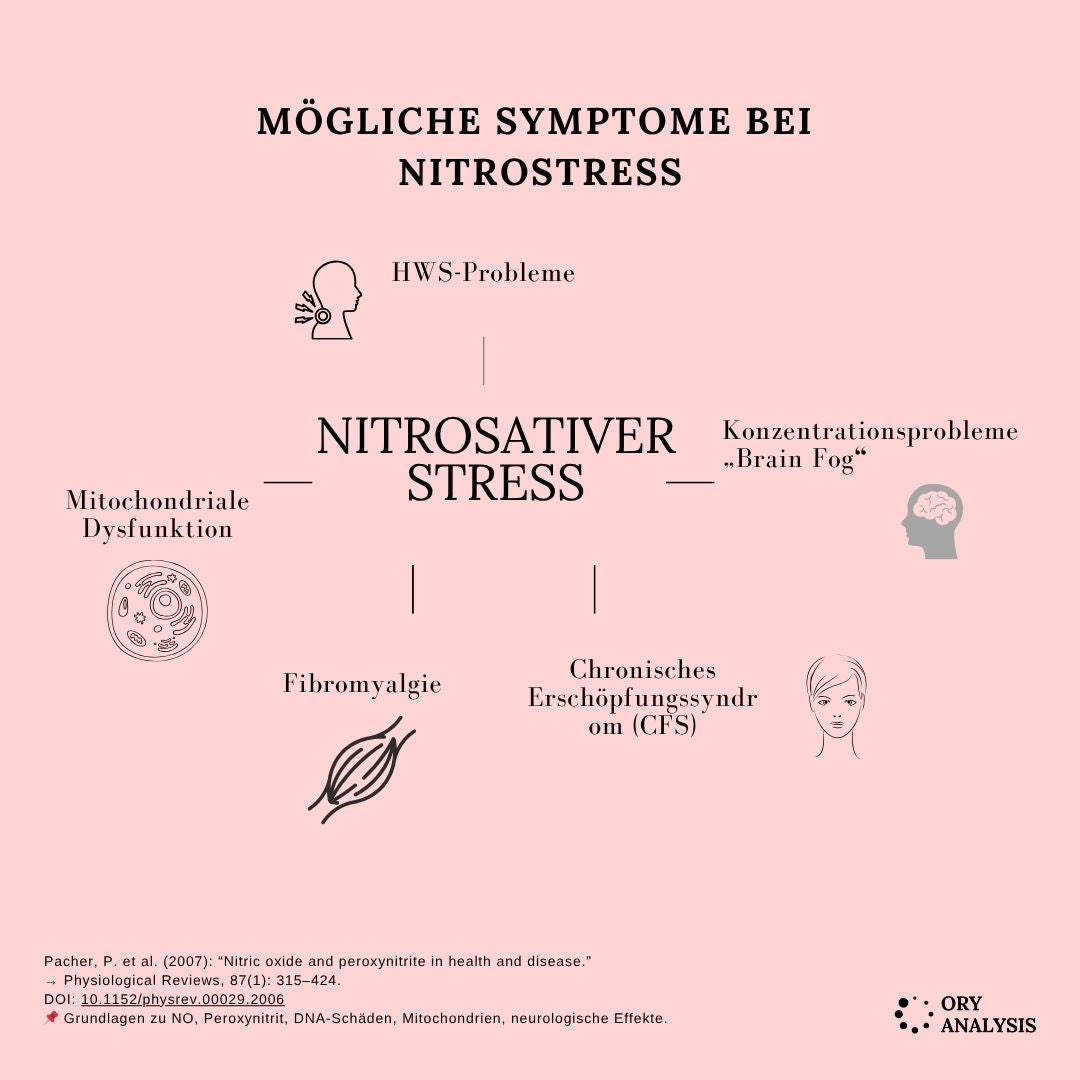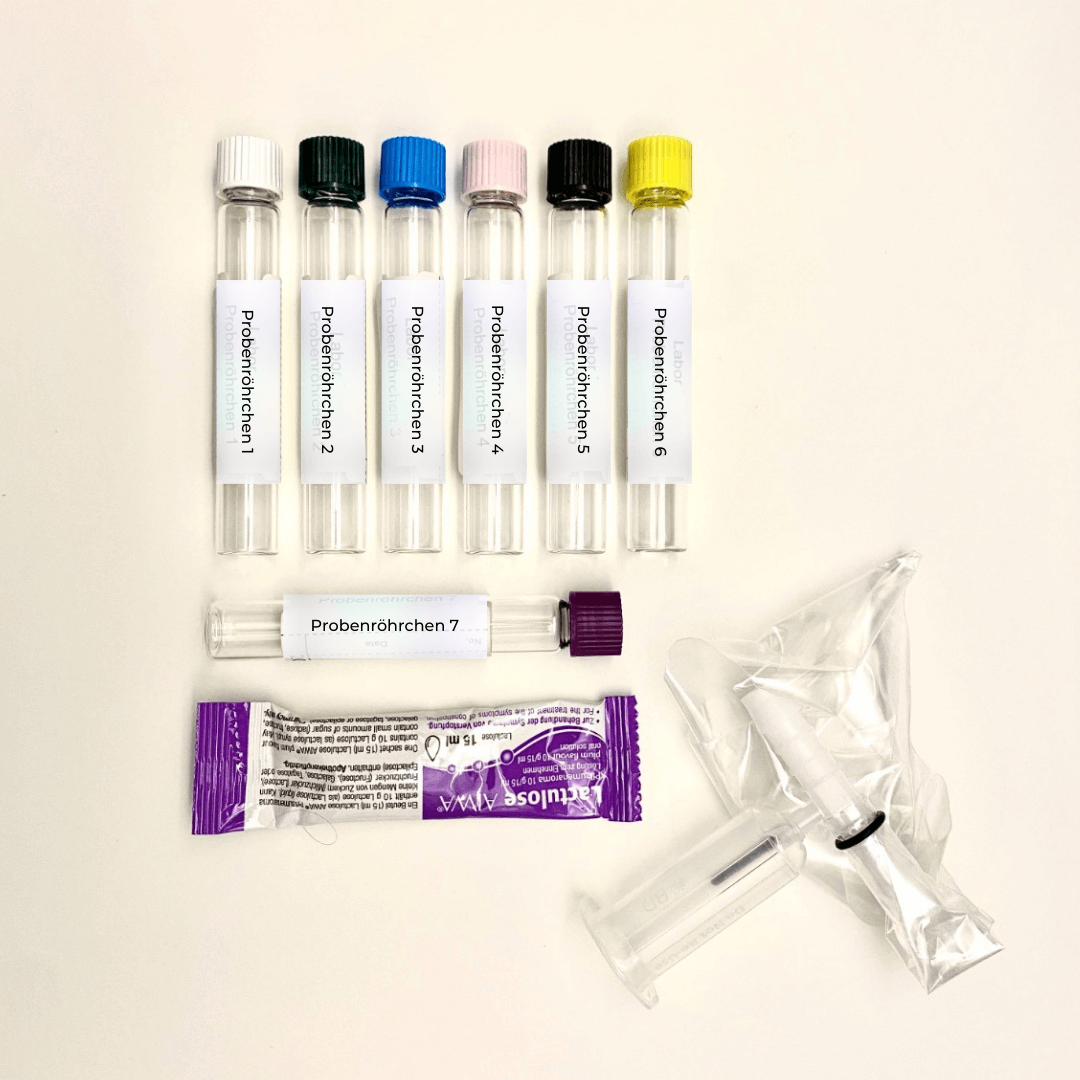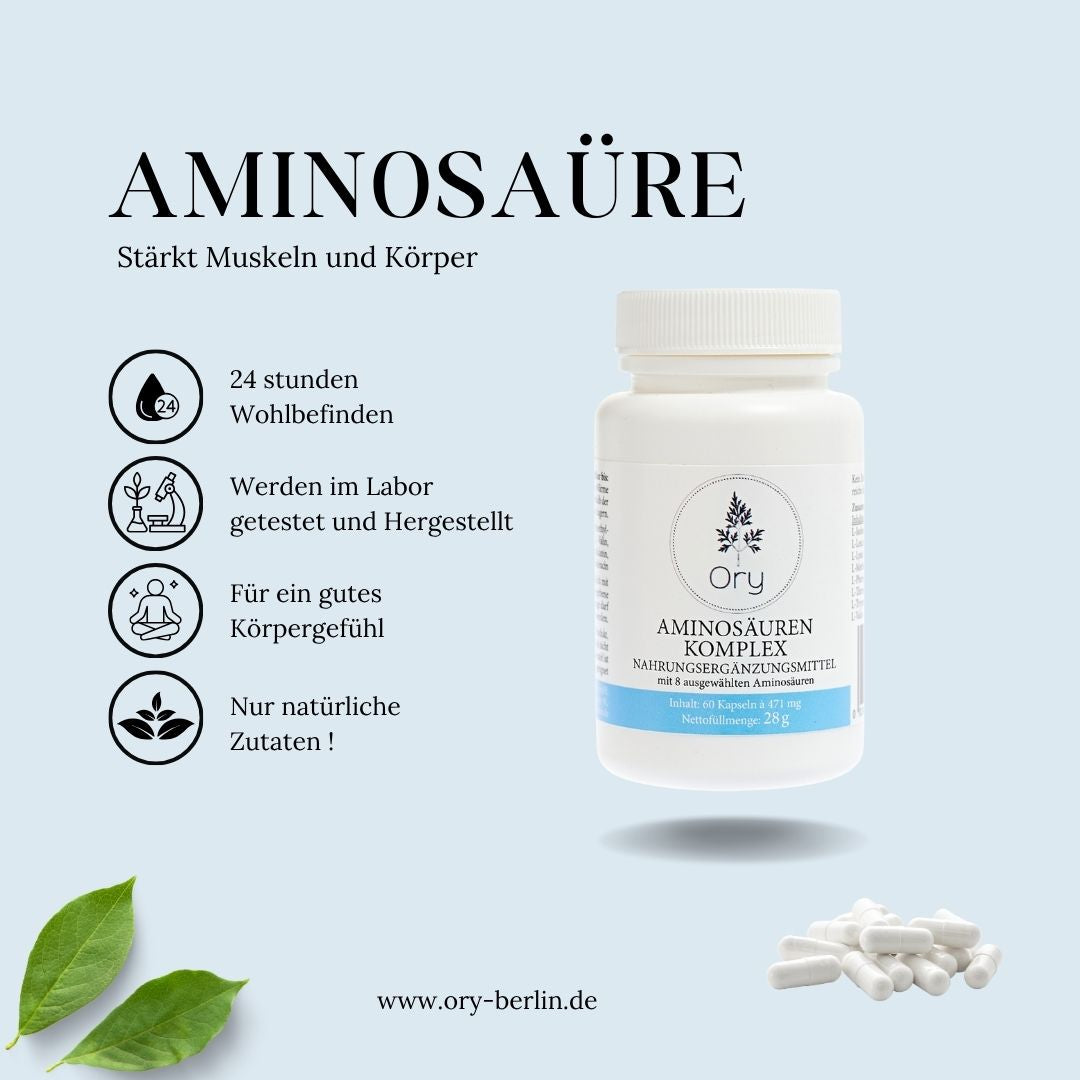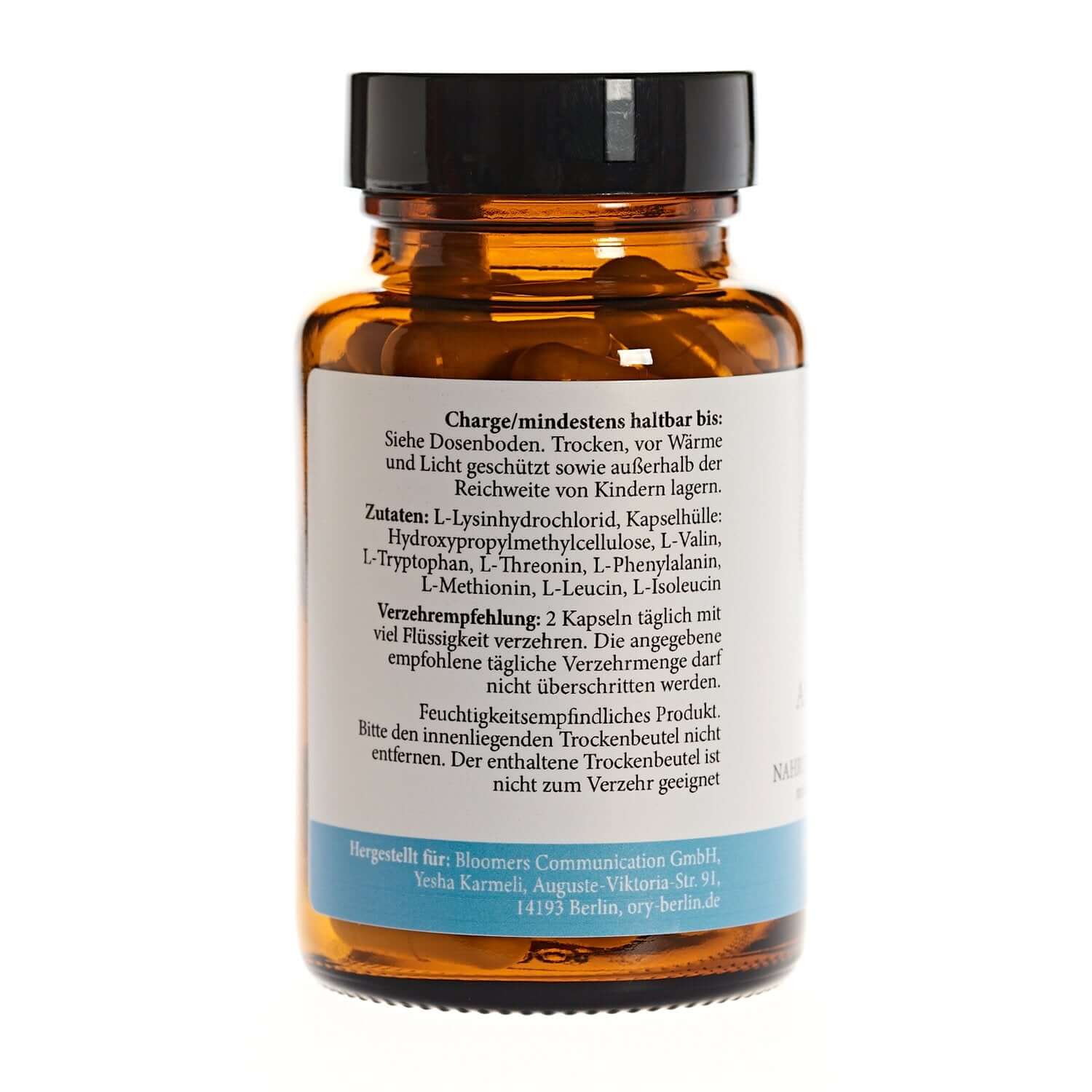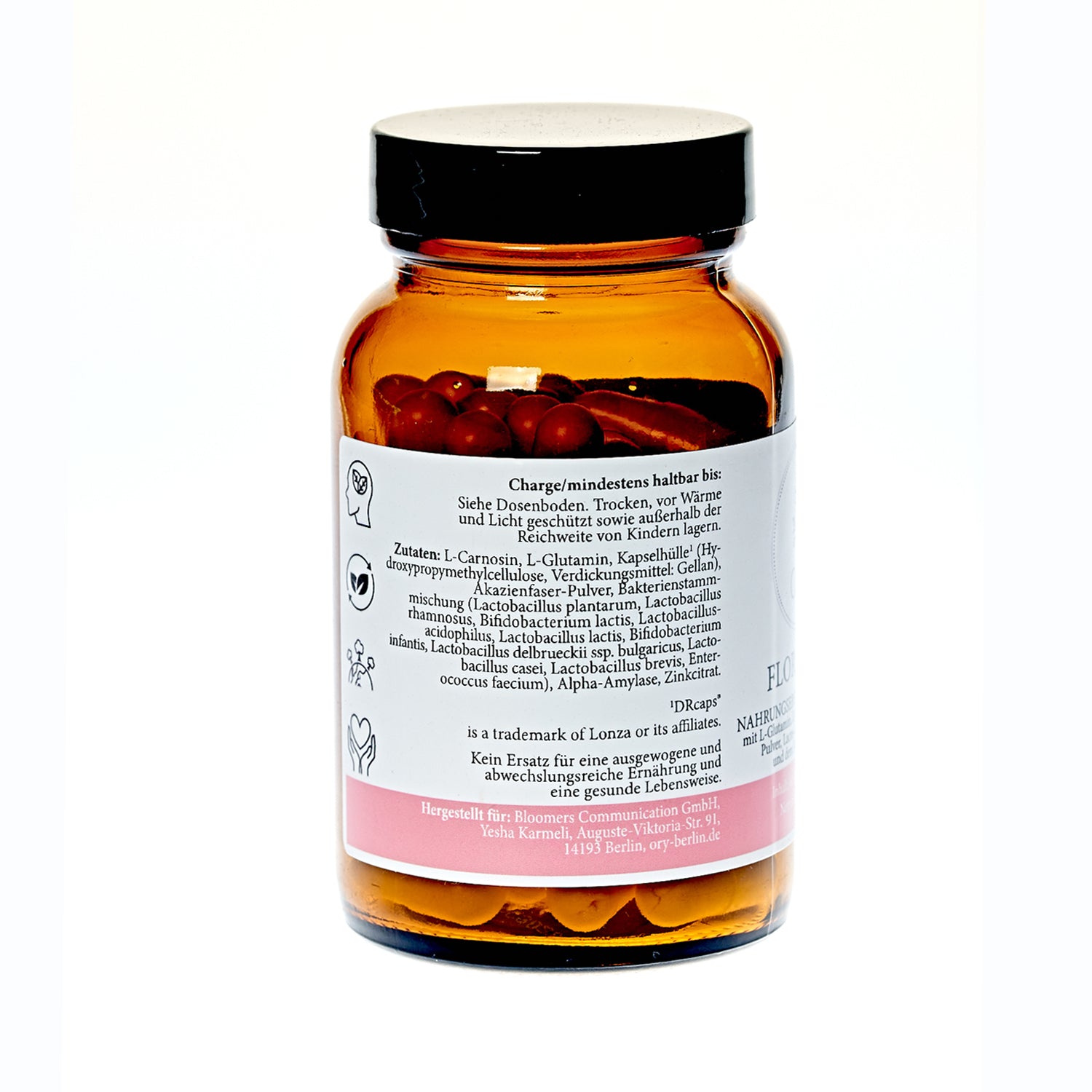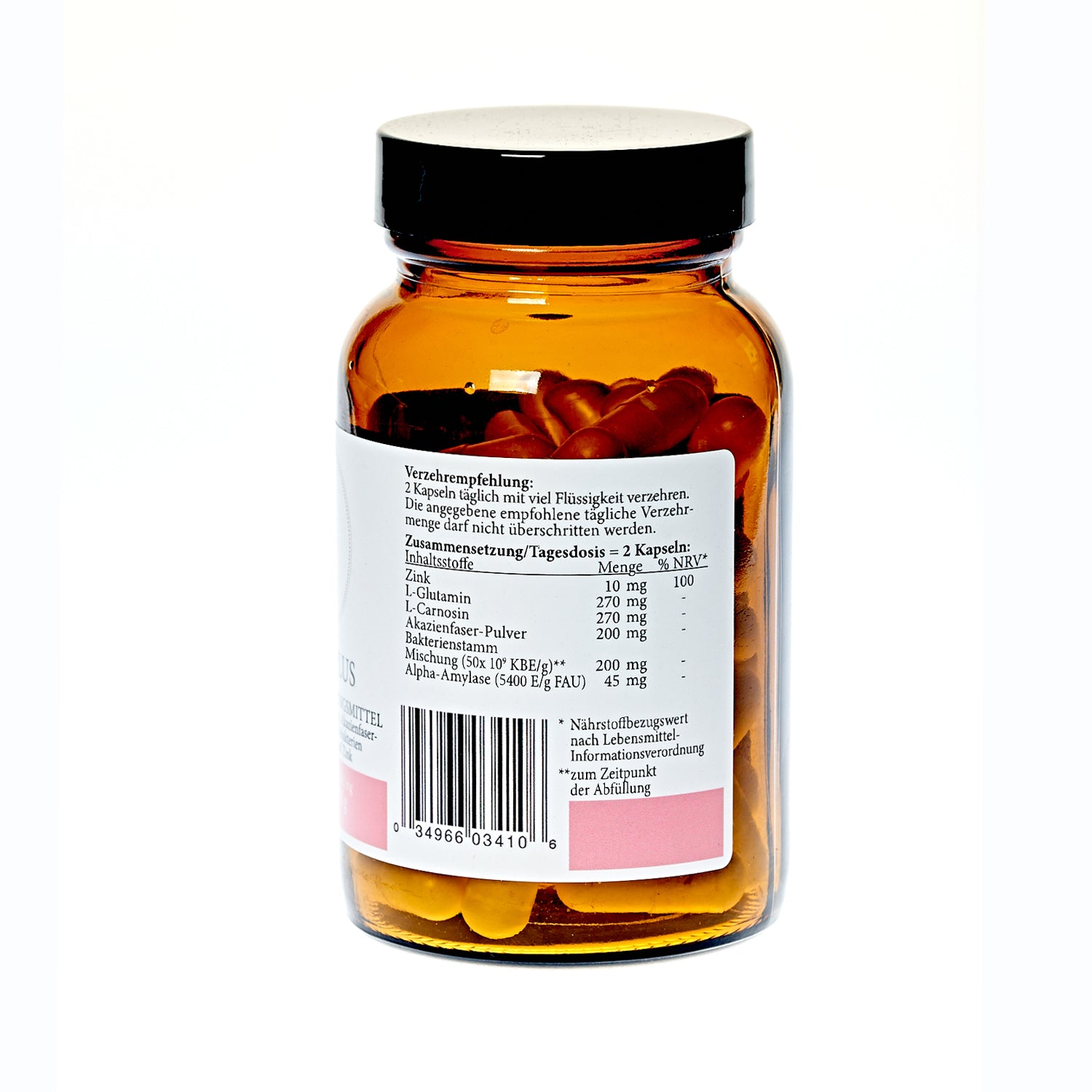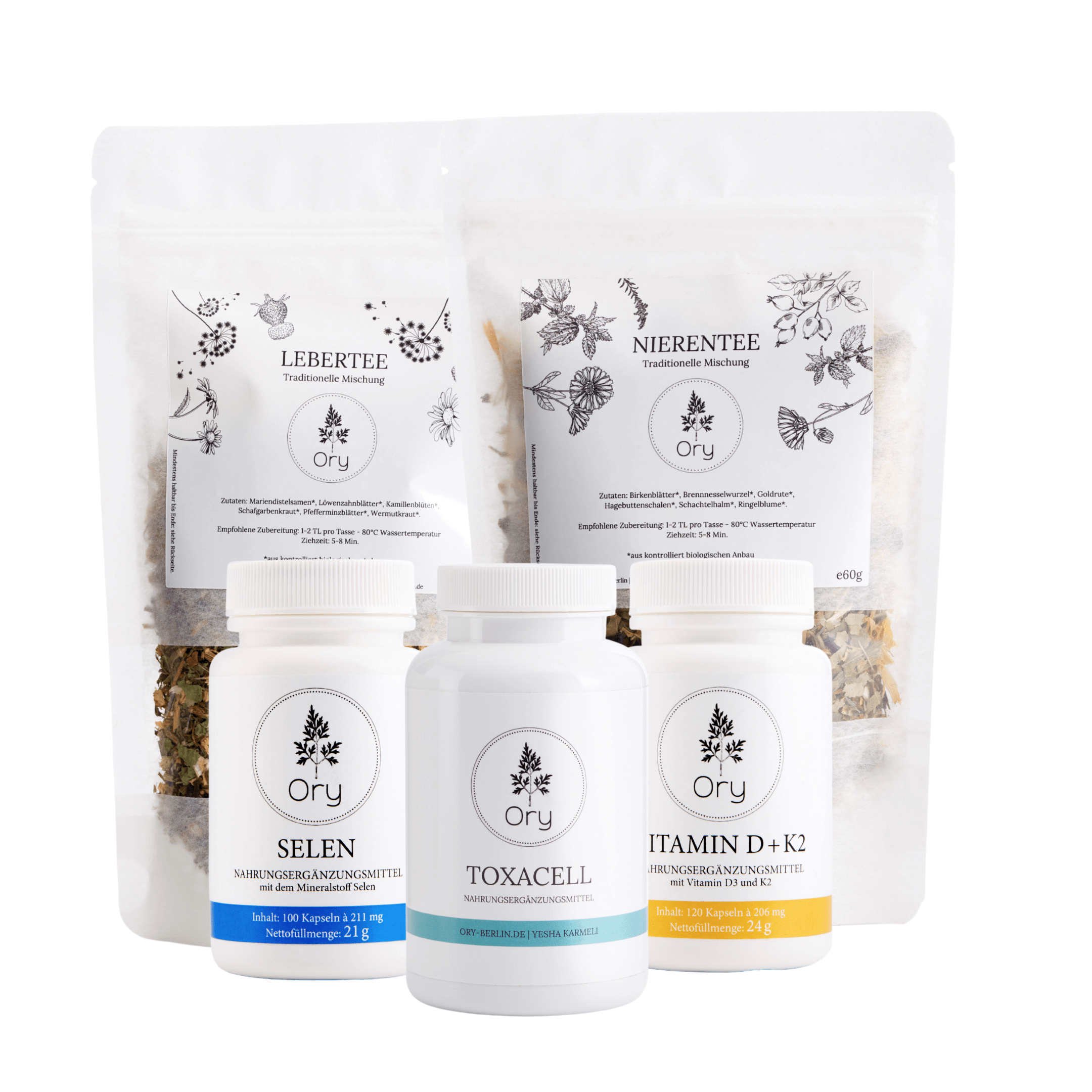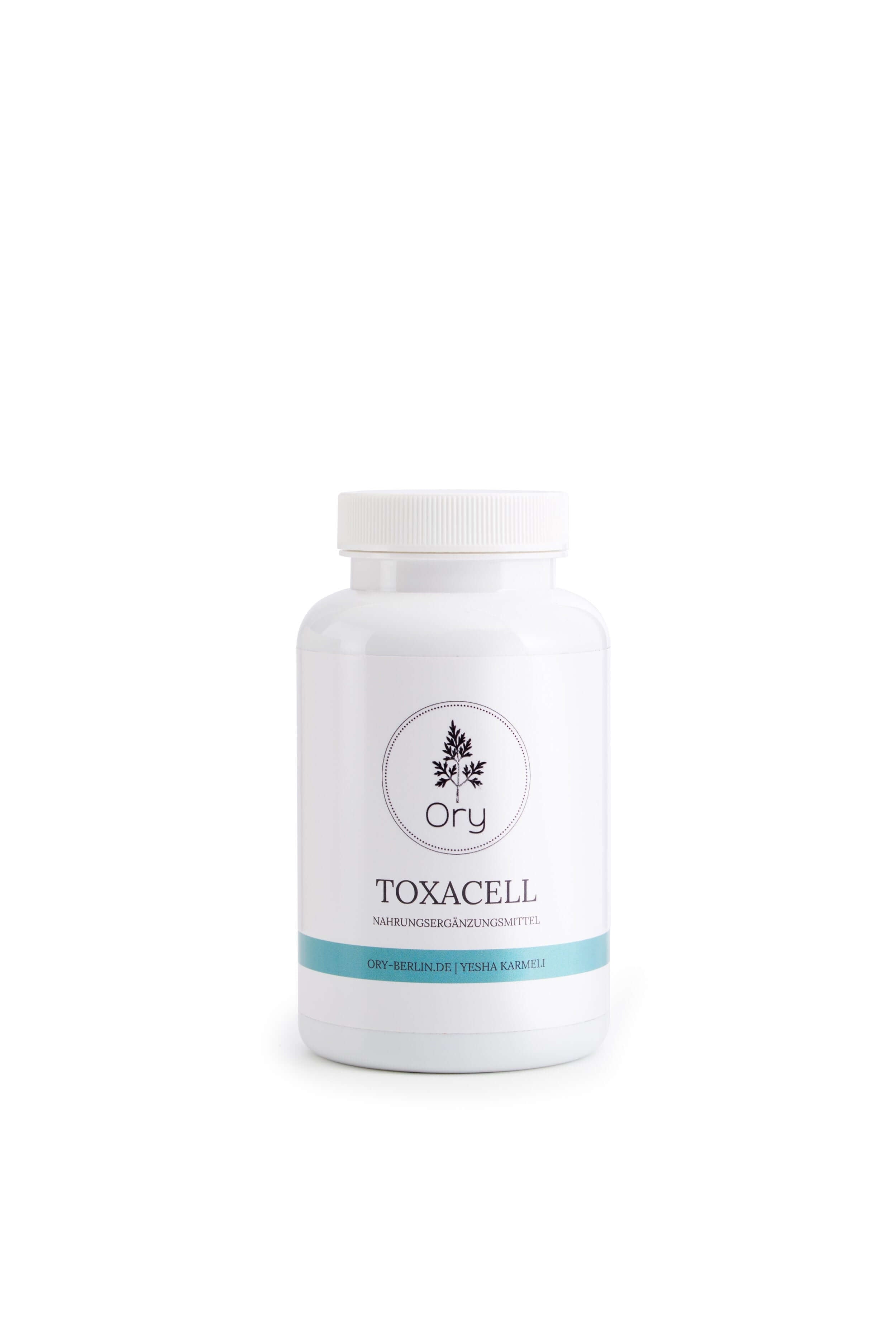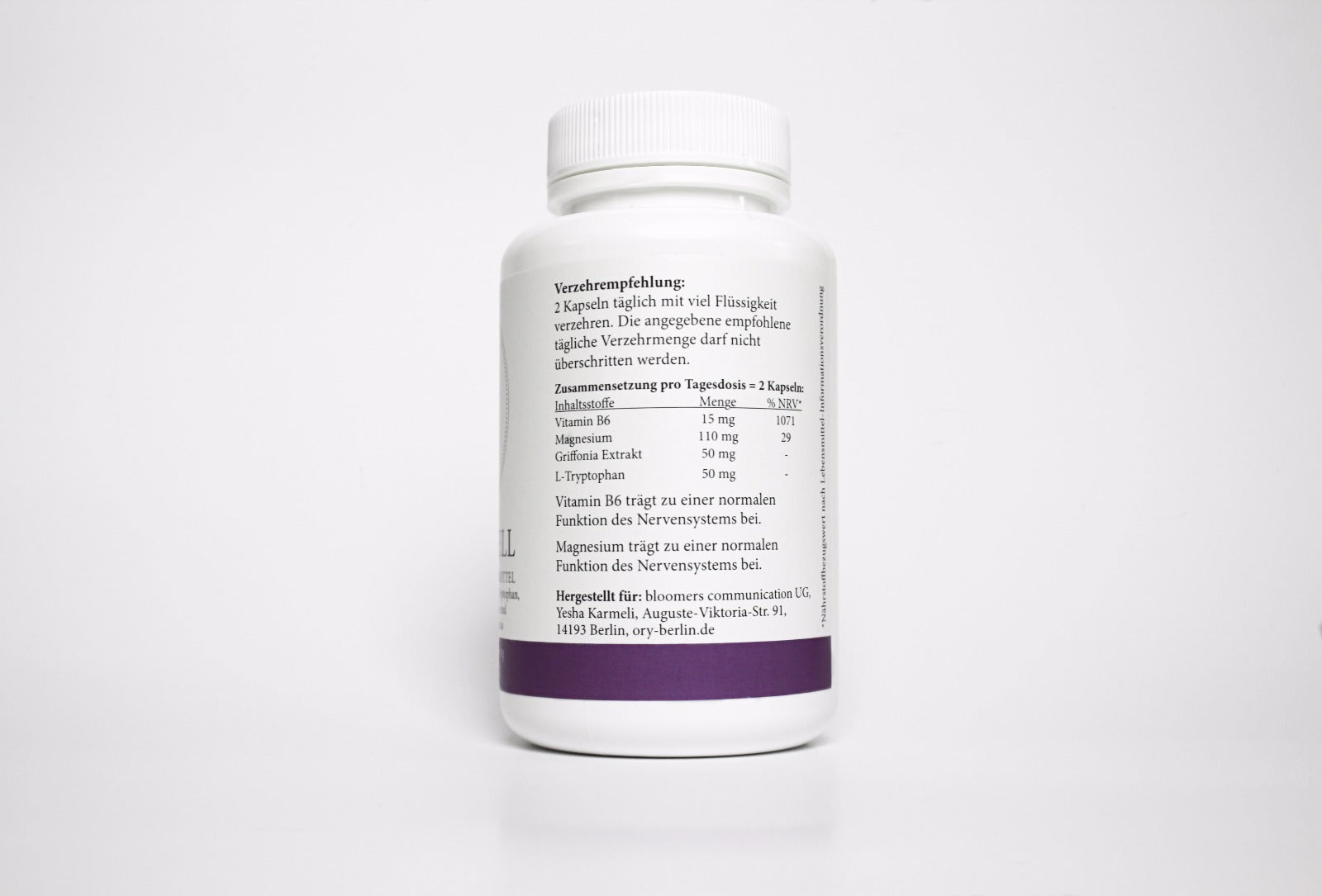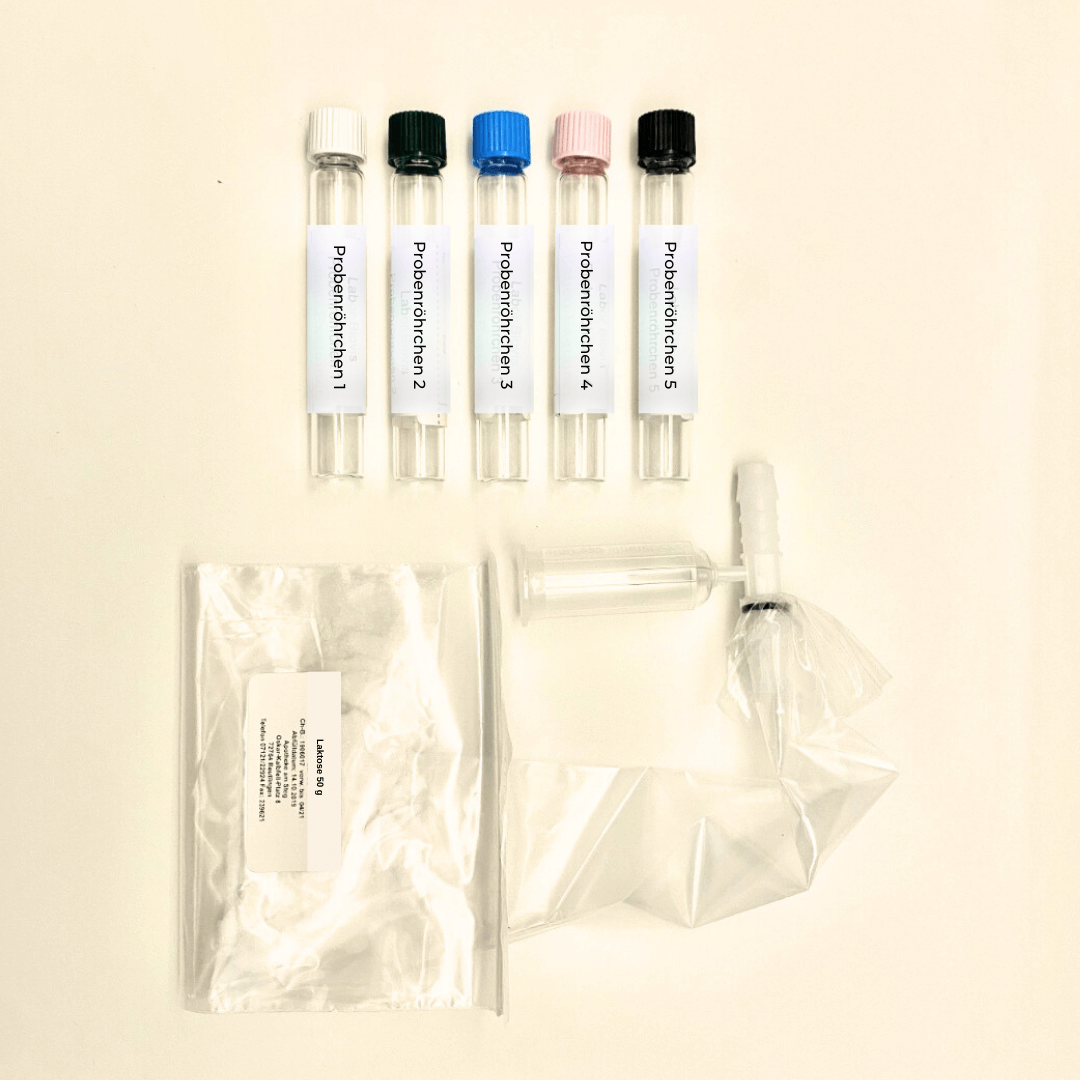



lactose intolerance
Test instructions / Sample report / Test protocol
Test number: B110 / Test set: T901
→ Wichtige Punkte für Familien- und Partnerdiagnostik
Mehrwert für die ganze Familie Gemeinsame Diagnostik zeigt wichtige Zusammenhänge, unterstützt echte Prävention und hilft allen, Ernährung, Stress und Gesundheit besser zu verstehen – und vor allem leichter in konkrete, hilfreiche Schritte zu kommen.
- Klare Daten pro Person: Für jede getestete Person brauchen wir Name und Geburtsdatum, damit das Labor alles eindeutig zuordnen kann.
- Eigene E-Mail-Adresse: Jede Person benötigt eine individuelle E-Mail für den sicheren digitalen Zugang. Wenn das nicht möglich ist, schicken wir die Ergebnisse als PDF an eine gemeinsame Adresse.
- Eindeutige Beschriftung: Proben und Formulare müssen jeweils genau der richtigen Person zugeordnet sein.
💚 Gemeinsam machen wir Menschen gesund.
→ Wichtig: Anleitung richtig befolgen
Bitte lies die Anleitung aufmerksam. Eine korrekte Vorbereitung ist entscheidend, damit deine Probe – Stuhl, Urin, Speichel oder Blut– sauber und aussagekräftig ausgewertet werden kann.
Diagnostikzeit: Bitte etwas Geduld
Unsere Laboranalysen sind präzise, tiefgehend und ganzheitlich. Deshalb dauert die Auswertung nach dem Probeneingang im Labor in der Regel 7–21 Tage.
Gute Diagnostik braucht Zeit – und genau diese Qualität bekommst du bei uns.
Schnelle Rückmeldung
Sobald deine Ergebnisse vorliegen, informieren wir dich sofort.
Wir begleiten dich
Wir freuen uns, dich auf deinem Weg zu mehr Gesundheit und Balance zu unterstützen. 🌿💛
→ Für eine mögliche Erstattung durch Ihre Privat Versicherung
Für eine mögliche Erstattung durch Ihre private Versicherung läuft es bei uns so ab:
- Kurzes Online-Gespräch mit einem unserer Therapeut:innen Dabei klären wir Ihre Beschwerden und erstellen eine passende, kurze Anamnese.
- Überweisung für die passenden Labortests: Nach dem Gespräch erhalten Sie eine Überweisung, die Sie bei Ihrer privaten Versicherung einreichen können.
Viele private Versicherungen übernehmen die Kosten ganz oder teilweise– manche allerdings gar nicht. Das ist leider normal und hängt allein von Ihrem Vertrag ab. Wir begleiten Sie bestmöglich durch den Prozess.
Couldn't load pickup availability
Pickup available at ORY
Usually ready in 4 hoursPairs well with
Why is this test for lactose intolerance useful?
What is being tested?
It's that easy
What you get - and when
ORY Analysis: well-founded & trustworthy

lactose intolerance
Der ORY Unterschied - Medizinische Qualität steht bei uns an erster Stelle.
Zertifiziert in Laboren
Nutzen Sie die Zertifizierung in Laboren für überlegene Produktqualität.
Entwickelt von Experten
Professionell entwickelte Produkte basierend auf jahrelanger Praxiserfahrung.
Wissenschaftlich fundiert
Präzise und zuverlässige Diagnosetests bequem zu Hause durchführen
Individuelle Ganzheitliche Diagnostik
Ursachen erkennen, Potenzial entfalten, für deine innere Balance und Regeneration.
If you have any questions, you are always welcome to contact us. We'll get back to you as soon as possible, within 24 hours on weekdays.
-
Shipping Information
Use this text to answer questions in as much detail as possible for your customers.
-
Customer Support
Use this text to answer questions in as much detail as possible for your customers.
-
FAQ’s
Use this text to answer questions in as much detail as possible for your customers.
-
Contact Us
Use this text to answer questions in as much detail as possible for your customers.
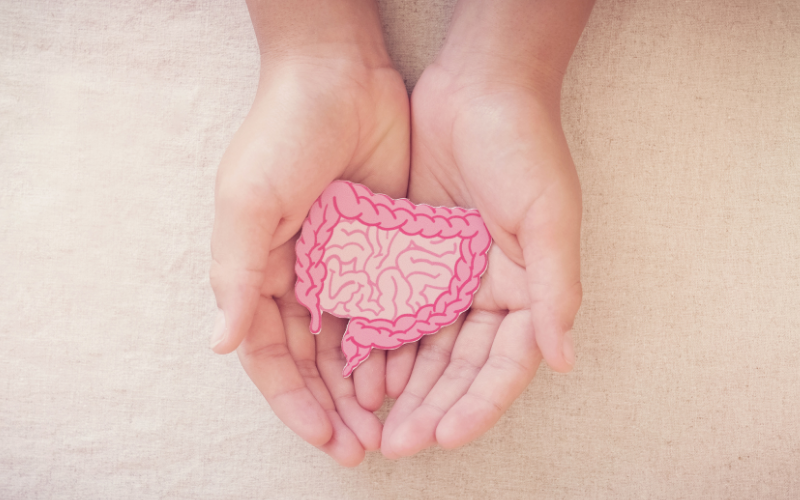
When is a lactose intolerance test useful?
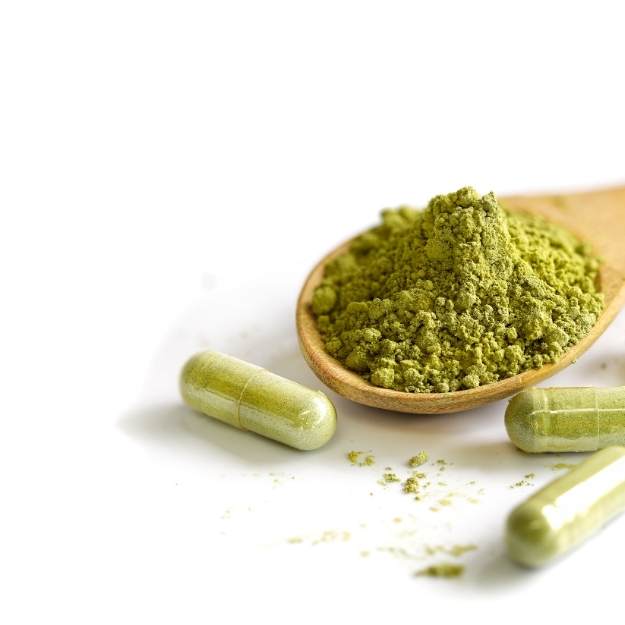
Why should I take the Microbiome Maxi Plus test?

Physical effects without lactase
Publikationen
(1) Wang L. et al. Diagnostic accuracy of DNA-based SDC2 methylation test in colorectal cancer screening: a meta-analysis. BMC Gastroenterol. 2022.
(2) Yue C. et al. Meta-Analyses on SDC2 Gene Methylation. Front Med (Lausanne). 2022.
(3) Boyu Q. et al. Real-World retrospective study in China. 2024.
(4) Zhao S. et al. Real-World SDC2 Methylation Screening Study. Gastroenterology. 2024.
FAQs
Please read our FAQs page to find out more.
How does the test relate to long-term health and self-healing?
Who is the test suitable for?
Can I take the result to my doctor?
Will the test be covered by health insurance?
What does the result tell me?
ORX Experten. Zwischen Unsicherheit und Klarheit liegt nur ein Gespräch.
Bei ORY unterstützen wir dich, deine Fragen zu verstehen – und herauszufinden, welche Diagnostik oder Unterstützung wirklich zu dir passt.

